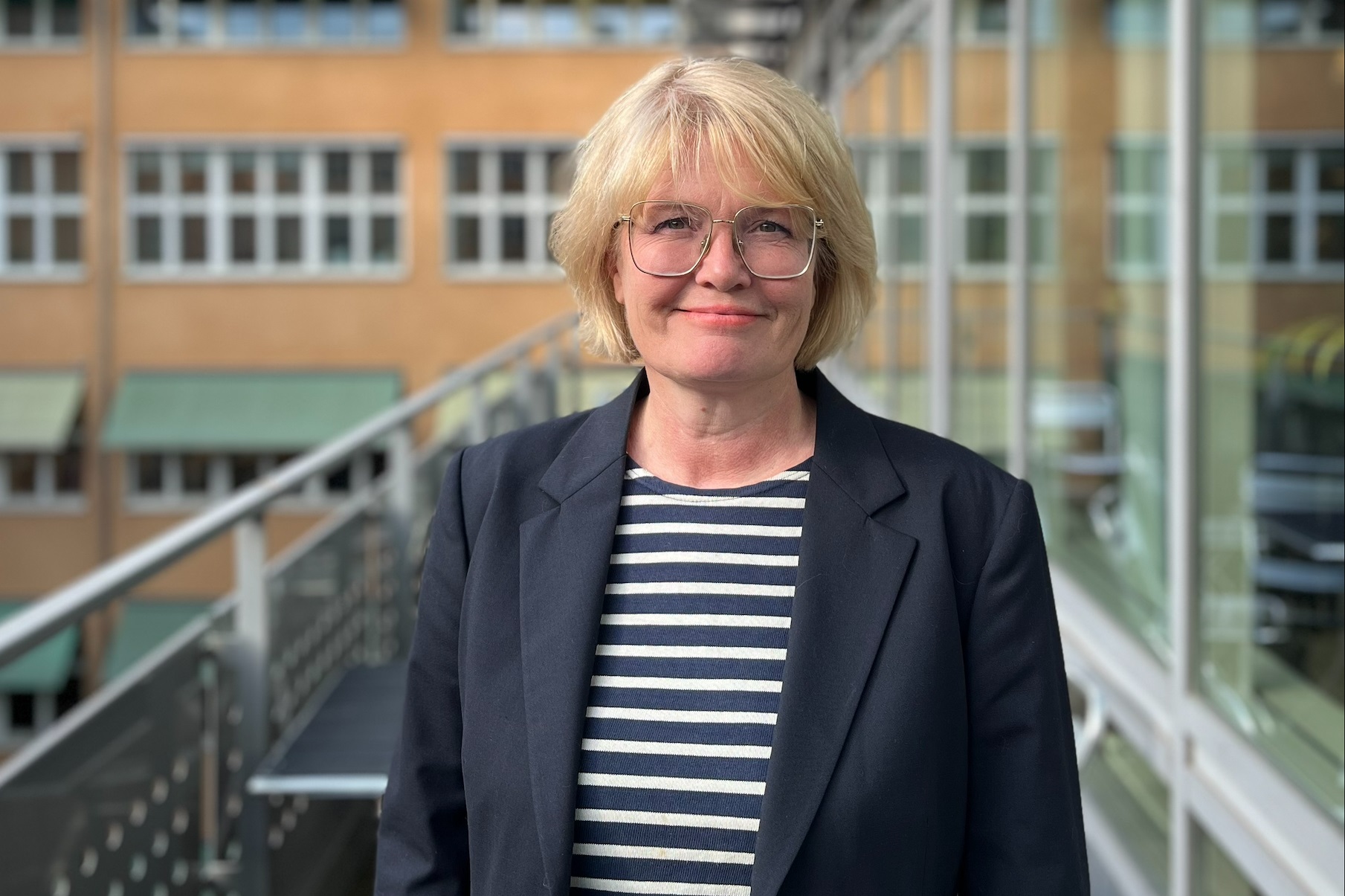Don't miss a thing - follow us in our newsletters and channels
We talk about exciting innovations, funding, events and how your organization can become more innovative.

Extended Reality (XR) is a future technology that can be of great importance in, for example, medicine, urban planning, education and industry. Vinnova is now financing two project that will investigate what an XR platform in Sweden might look like. National collaboration and mobilization is the key to positioning oneself internationally, says Tove Jaensson, programme manager at Vinnova.
 Tove Jaensson, Vinnova
Tove Jaensson, Vinnova
Extended Reality is an umbrella term for techniques that combine physical and virtual environments. It includes, among others, Virtual Reality (VR), which creates a computer-generated environment that the user interacts with, and Augmented Reality (AR), which adds virtual objects and data to the physical world.
It is about spatial or so-called enveloping experiences that can be conveyed through sound, image and haptics - which provide an experience of touch through things like vibrations and movements.
- It makes it possible, for example, to use digital technology to feel when you push a ball or to move around a building and see what is behind the next corner, says Tove Jaensson, who works in the area of digital transformation at Vinnova.
Vinnova has identified XR as a strategically important technology area and is making several investments, including collaborations with the US and funding of innovation projects.
- It is one of the most exciting areas of technology right now because so much has happened in data power, AI, mobile networks with faster speed and other things that make the technology more accessible and cheaper, she says.
XR has long been used in games and entertainment, but is now increasingly being used in other areas such as medicine, urban planning, education and industry. The potential areas of use are many.
- For example, it is possible to train surgeons and simulate an operation on your heart. In industry, it is possible to provide training on machines or to do demonstrations for customers. In urban planning, XR can be used to create a digital copy of a city and simulate traffic, construction projects, weather and floods in a way that makes it easier to understand how it will look, says Tove Jaensson.
In order for Sweden to place itself at the forefront of XR, actors need to cooperate and strengthen each other. In November, Vinnova decided to finance two project which will investigate what a national XR platform might look like. The projects will be completed in the summer of 2025.
- We want important actors to gather and work together, and will follow the XR projects with great interest. The hope is that the projects will bring together Sweden's ecosystem and show how it can be strengthened through a national platform, says Tove Jaensson.
National collaboration can also pave the way for successful EU work. In October, Vinnova invited Swedish actors to a workshop on Virtual Worlds, a European partnership for XR.
- Vinnova wants to make it easier for Swedish actors to participate in Europe's major research programs, especially in Horisont Europa. We are currently focused on Virtual worlds, a partnership for virtual worlds based on 3D technology, XR technologies and the immersive internet. By activating the Swedish ecosystem, Sweden can influence investments and strategies at the European level.
Much of the development is done by large tech companies in the US such as Meta, Google and Microsoft, but Tove Jaenson believes that Sweden has the opportunity to develop solutions within XR.
- We have world-leading game developers and in Sweden there is knowledge in, among other things, interaction design, visualization and image analysis which is important in this area, she says.
We talk about exciting innovations, funding, events and how your organization can become more innovative.
Last updated 29 November 2024